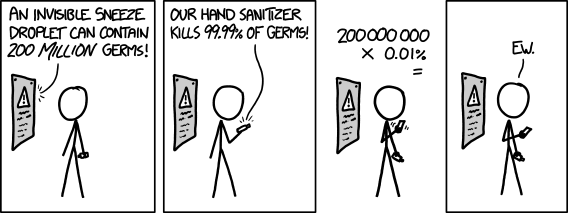- What does the shape of the graphs tell you about heat transfer between substances? Was it at a constant rate? When did the heat transfer stop?
- Would you expect the heat gained by the cold water to be the same as the heat lost by the hot water? Why or why not?
- Why did we use two insulating cups to make the calorimeter? How could you have improved the design? Did your improved design give you better results?
- What is the heat of fusion (definition)? Would you expect it to be the same for all materials? Why or why not?
- Sources of error?
Physics B went over their lab work from yesterday and then dived into a discussion of temperature. We defined temperature, thermal equilibrium and thermal expansion and contrasted the three major temperature scales. Tomorrow, we'll start to look at heat energy, which is energy transferred between objects with different temperatures.
Intro Physics reviewed their work with temperature and then began to look at heat energy. We define heat energy, looked at whay heat energy always flows spontaneously from objects at higher temperatures to objects at lower temperatures and described the three methods of heat transfer: conduction, convection and radiation. Tomorrow we'll review this material and then look at specific heat.
Honors Physics reviewed their work with simple harmonic motion and then moved into adding physical descriptors to objects displaying SHM. We defined period, frequency and amplitude and discussed factors that impact period/frequency of a pendulum and mass-spring system. Tomorrow, we'll work on a lab dealing with the factors that affect the period of a simple pendulum.







